Rural Districts Face Challenges and Opportunities with Technology Access
EdTech Magazine
JANUARY 2, 2018
By Marie Bjerede Taking the digital leap requires broadband access, proper funding and the right people on board.
This site uses cookies to improve your experience. To help us insure we adhere to various privacy regulations, please select your country/region of residence. If you do not select a country, we will assume you are from the United States. Select your Cookie Settings or view our Privacy Policy and Terms of Use.
Cookies and similar technologies are used on this website for proper function of the website, for tracking performance analytics and for marketing purposes. We and some of our third-party providers may use cookie data for various purposes. Please review the cookie settings below and choose your preference.
Used for the proper function of the website
Used for monitoring website traffic and interactions
Cookies and similar technologies are used on this website for proper function of the website, for tracking performance analytics and for marketing purposes. We and some of our third-party providers may use cookie data for various purposes. Please review the cookie settings below and choose your preference.

EdTech Magazine
JANUARY 2, 2018
By Marie Bjerede Taking the digital leap requires broadband access, proper funding and the right people on board.

Doug Levin
NOVEMBER 19, 2015
Benjamin Herold of Education Week has put together a real cracker of a series on the challenges of ensuring school broadband access in rural communities – and how E-rate (pre- and post-modernization) is helping to address the situation. We should demand more of our political leaders and from our education advocacy organizations.
This site is protected by reCAPTCHA and the Google Privacy Policy and Terms of Service apply.

EdTech Magazine
MARCH 2, 2022
Despite the leaps made in Internet of Things devices and educational technology, a report by Boston Consulting Group estimated 12 million students don’t have adequate internet access at home. Without it, these K–12 students can’t connect to remote classes…

EdTech Magazine
DECEMBER 14, 2021
When they transitioned to remote learning during the pandemic, many K–12 schools encountered challenges trying to ensure all students could access course materials and instruction.

eSchool News
FEBRUARY 19, 2025
“Universal connectivity is more than just internet access–it’s about addressing the digital divide to ensure every student is prepared for post-secondary success,” said Julia Fallon, executive director at SETDA. ” The report provides specific policy recommendations to close the digital divide in education.

EdTech Magazine
MARCH 13, 2018
CoSN 2018: Broadband and Cybersecurity Are Top IT Concerns. Cybersecurity and broadband/network capacity are tied for the top priorities for IT leaders in 2018, while budget constraints were marked as one of the most pressing challenges for a fourth straight year. Others plan to use grants or reduce their technology purchases.
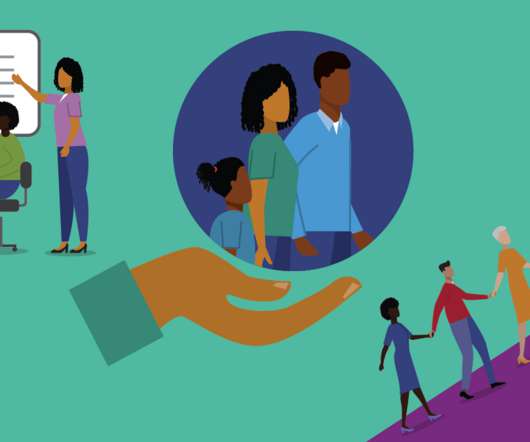
Digital Promise
JUNE 9, 2021
The COVID-19 pandemic laid bare the inequitable access to technology and broadband, particularly for students who have been traditionally marginalized. A clear, inclusive, and easily accessible transformation plan. Always-available technology and broadband access. Support for parents and caregivers.

Tom Murray
AUGUST 31, 2016
According to a report released by the Pew Research Center, approximately 5 of the 29 million households with school-aged children lack access to high quality broadband internet while at home. From Newark, New Jersey, to Los Angeles, California, groups are working to provide high speed access in federally funded housing areas.

Edsurge
FEBRUARY 22, 2022
The satellites will be part of the future of internet access, but using them in education will require some creativity, Johannes Bauer, chair of the Quello Center at Michigan State University, says. And that sudden shift exposed inequities in who has access to broadband.

Digital Promise
NOVEMBER 8, 2016
Despite the promise of technology to improve access to learning opportunities for underserved adult learners, the adoption and use of technology for and by these learners is nascent. Our goal was to be sure the issues of technology adoption and use by this population were critical components of the Agenda.
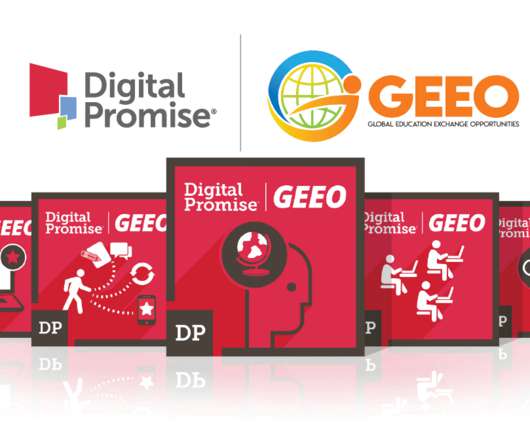
Digital Promise
SEPTEMBER 8, 2021
Instructional technology is a critical component of teaching and learning in today’s world. Technology, when aligned to research-based practices, supports teachers in delivering instruction that is adapted to meet the needs of all students. However, it’s not enough for teachers to simply use technology tools.

EdTech Magazine
NOVEMBER 5, 2018
The increasing digitalization of education has put even more emphasis on internet access in K–12 schools , leading more school districts, nonprofits and government agencies to invest in programs and services to ensure each student is connected. . Individual Classroom Technology Use. Everyday 1:1 Technology Use.
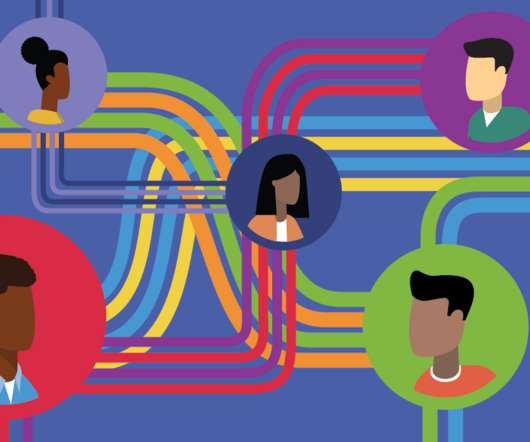
Digital Promise
APRIL 7, 2022
Imagine creating conditions where every learner and community can fully access and leverage the technology needed for full participation in learning, the economy, and society at large. Today, it’s estimated that nearly 16 million students have neither adequate internet connection nor access to devices at home.

The Web20Classroom
OCTOBER 7, 2016
When I was an Instructional Technology Director one of the challenges I faced was working to ensure that students, no matter where they lived in my district, had access to the same tools and opportunities. I could provide technology that could be used in the schools, and provided high speed network access while they were in schools.

Edsurge
NOVEMBER 30, 2020
The broadband gap isn’t only a problem for remote learning. That Broadband Gap Bar? schools had high-speed broadband connections. A different nonprofit, Connected Nation, has picked up EducationSuperHighway’s broadband baton. Early childhood” videos on YouTube nearly all have advertising. All in this Edtech Reports Recap.
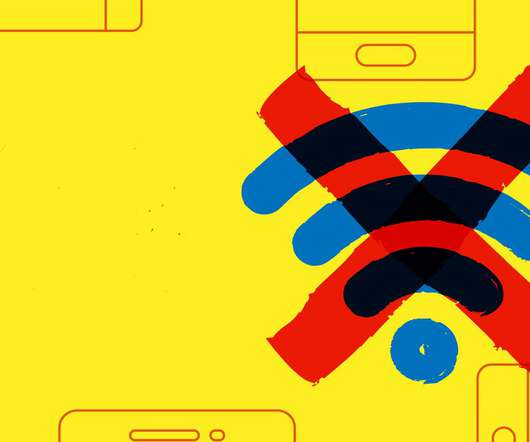
Edsurge
MARCH 20, 2020
There's a big giant access issue, both in terms of what happens when there’s no internet and then also what happens when you don’t have a device that can go on the internet,” says Beth Holland, the digital equity and rural project director at the Consortium for School Networking, an industry group for school tech directors.

EdTech Magazine
FEBRUARY 12, 2019
Teachers and students are well on their way to fulfilling the mission of seeing 99 percent of all schools connected to next-generation broadband, according to the “2018 State of States Report” from EducationSuperHighway. According to the agency’s 2018 Broadband Deployment Report , 88 percent of U.S. That’s the good news.
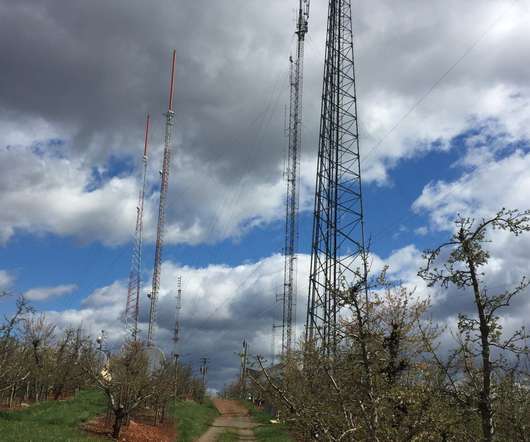
The Hechinger Report
JUNE 8, 2020
Sadly, though, the reality is that millions of Americans — in rural and urban areas alike, and including many underrepresented minorities — lack the reliable broadband connections needed to access postsecondary and K-12 education in a nation that remains in partial lockdown. Schools get creative.

EdTech Magazine
AUGUST 15, 2019
Millions of students lack the ability to access the internet from home — a problem compounded by increasing expectations from educators that students do so to complete homework and research. . Fourteen percent of children ages 3 to 18 lack home internet access , according to National Center for Education Statistics data.
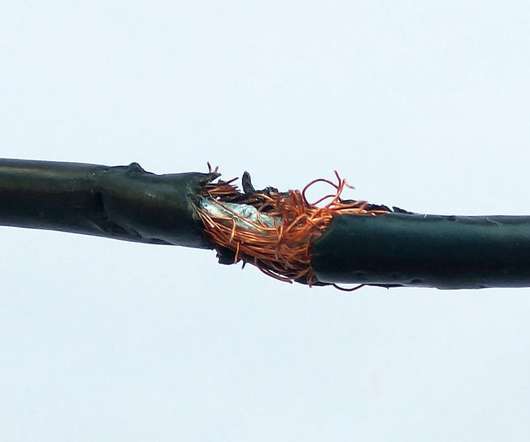
Edsurge
MAY 27, 2021
More off-campus broadband access. These are some of the trends that emerged in a recent survey of district technology leaders, reflecting the dramatic changes and unprecedented demand that school-based technology teams experienced during the pandemic. New ways of engaging with families.

Education Superhighway
DECEMBER 16, 2024
Access to affordable, high-speed internet is no longer a luxury but a necessity to thrive in the modern world. An estimated 23% of households that make up the broadband affordability gap are MDU residents. An estimated 23% of households that make up the broadband affordability gap are MDU residents.

eSchool News
OCTOBER 17, 2024
In July, the Federal Communications Commission (FCC) approved the use of E-rate funds to loan Wi-Fi hotspots that support students, school staff, and library patrons without internet access. The federal E-rate program provides discounts to help schools and libraries obtain affordable telecommunications and internet access.

Edsurge
JULY 23, 2021
Though about 12 million students in this country still lack any internet access at all—a problem cast into relief during the pandemic—there is good news: That number is steadily shrinking. But there are many, many, many more kids who, if we’re just focused on ‘access,’ we’re ignoring.

EdTech Magazine
DECEMBER 26, 2018
billion annually to K–12 school districts to help pay for access to high-speed broadband. Today, most districts take advantage of E-rate’s Category One funds, which help pay for broadband from internet service providers, and for WAN services to connect schools so districts can distribute broadband to every school.

EdTech Magazine
SEPTEMBER 10, 2018
Technology giants are working to bolster K–12 education in middle America , specifically targeting subjects that will help young students learn the skills they’ll need as traditional jobs like agriculture and manufacturing evolve with the rise of emerging technology. eli.zimmerman_9856. Mon, 09/10/2018 - 13:50. education system.

Edsurge
JULY 11, 2019
It provoked an outcry among education groups, who argued that the decision would be reduce home internet access for students in rural areas—thereby widening the homework gap. Broadband policy is dense, and many of the articles and statements on the subject are frankly hard to follow. radio, TV, mobile data, broadband.

EdTech Magazine
OCTOBER 31, 2018
MORE FROM EDTECH: Check out how K–12 districts are trying to bolster access to broadband in schools! Overall, education leaders and researchers are sharing excitement for the future that 5G technology could bring , including augmented reality and virtual reality. “We Network responsiveness could be even faster than your brain.”.

EdTech Magazine
NOVEMBER 8, 2018
Makerspaces encourage students to explore and create using science, technology, engineering and math concepts. Besides expanding internet use, districts can outfit makerspaces with the proper tools and technology — laptops, 3D printing, coding kits — for students to get started. Computer Labs Make Way for 1:1 Device Programs.

eSchool News
NOVEMBER 4, 2024
More than 21,000 applicants and 3,700 vendors participate in the E-rate program, emphasizing its vital role in providing internet access for U.S. This program ensures schools can access vital technology for student learning. educational institutions. “The E-rate program is crucial for modern education.

eSchool News
DECEMBER 18, 2024
It allows anyone with broadband access to become a student for life, opening new education and career opportunities. To meet this challenge head on, we must make e-learning easily accessible in underserved communities, many of them rural, so we can ensure there is a level playing field in the career landscape of tomorrow.

Digital Promise
DECEMBER 22, 2014
The classes are a product of RIFLI’s plan to create a 1:1 classroom computing model that, according to RIFLI’s Director Karisa Tashjian, “blurs the lines between language/content learning and using technology.” But lending the tablets is only part of the access puzzle. As a result, Ms. ”'

EdTech4Beginners
FEBRUARY 13, 2022
There’s no doubt that education technology or ‘EdTech’ is an important and fast-evolving entity in the digital age, and one that is having a dramatic impact on the quality of students’ learning. On a similar note, educational technologies are adaptable to the needs of students. The Use of Augmented Reality in Teaching.

Edsurge
JULY 20, 2021
Over time, internet access has shifted from an amenity to a necessity. But for the millions of students and families without internet access at home, adapting to the virtual classroom became extremely challenging, if not impossible. was especially concerned about internet accessibility, and she wasn’t alone.

eSchool News
FEBRUARY 25, 2025
The committee that wrote the report emphasized that rural areas already have many STEM learning opportunities and resources that urban areas may lack, such as access to natural spaces. Recent legislation has led to large investments in broadband connectivity across the U.S.,

EdTech Magazine
MAY 2, 2018
with high-speed internet to help bridge the “homework gap” that many rural students face because of lack of internet access at home. And without this access, many students fall behind. TVWS works by delivering broadband internet over unused TV channels, which traditionally serve as buffers between active channels.

EdTech Magazine
NOVEMBER 28, 2018
Nothing illustrates this better than a one-to-one classroom , where every student has access to a computer. In our district technology plan, we included the creation of an infrastructure capable of handling all of the critical systems used to operate not only student devices, but other forms of communication and data storage.

The Hechinger Report
SEPTEMBER 29, 2020
Debate about the fairness of online learning tends to revolve around technology access. And there are indeed sharp disparities in home access to computers and reliable broadband service. But equity in online learning is more than simply making sure students have decent technology and fast internet.

Edsurge
SEPTEMBER 12, 2018
Access to New Education Technology and Resources We’ve seen some incredible progress from districts over the past few years in this area. students still lack the broadband capability necessary for digital learning. The students affected by a lack of digital access at school are those who need it the most.

EdTech Magazine
JULY 24, 2018
For the past decade, bringing digital equity and broadband access to U.S. families with school-aged children — most of them low-income — lack broadband access at home, reports the Pew Research Center. Despite that, many teachers assign digital homework that requires web access. eli.zimmerman_9856.

EdTech Magazine
MARCH 7, 2018
Thankfully, technologies such as virtual reality and collaboration software can assist with the training and recruiting of better teachers. Recruiting talented teachers there, however, is no longer an issue thanks to videoconferencing technology. SIGN UP : Get more news from the EdTech newsletter in your inbox every two weeks!

EdTech Magazine
JUNE 24, 2019
E-rate , which helps schools and libraries obtain affordable high-speed internet access , last underwent big change in 2014. was announced, we realized we would be able to leverage that to significantly speed up our vision,” says Technology Services Coordinator Jim Branton. “We When E-rate 2.0 That quintupled our buying power.”.

The Hechinger Report
OCTOBER 14, 2021
As online schooling plays an increasingly large role in education, researchers say more work needs to be done to understand and address why some families have a harder time accessing the internet. Their research also revealed that differences in broadband vary depending on race, ethnicity and income levels.
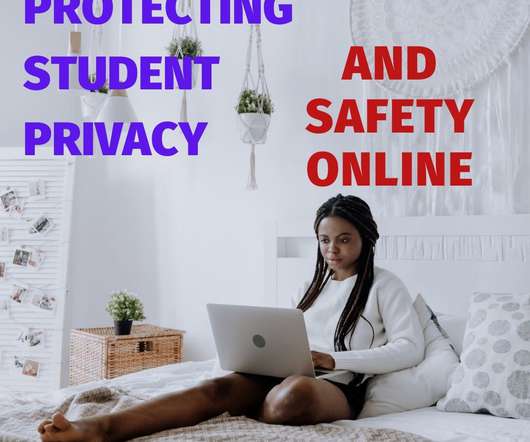
Ask a Tech Teacher
AUGUST 12, 2021
Many people witnessed the change in technology from dial-up modems to broadband. However, a child born in this technological era permeates every activity they do. It is highly important to understand children’s addictive behavior when it comes to technology. Jacqui Murray has been teaching K-18 technology for 30 years.

Edsurge
MARCH 26, 2020
Fourteen percent of households with school-age children do not have internet access, most of which earn less than $50,000 a year. But the term doesn’t just mean equipping students with the same devices and broadband access. Maybe it is about learning new technology, but it also could be about reading a book together.”
Expert insights. Personalized for you.
Are you sure you want to cancel your subscriptions?


Let's personalize your content